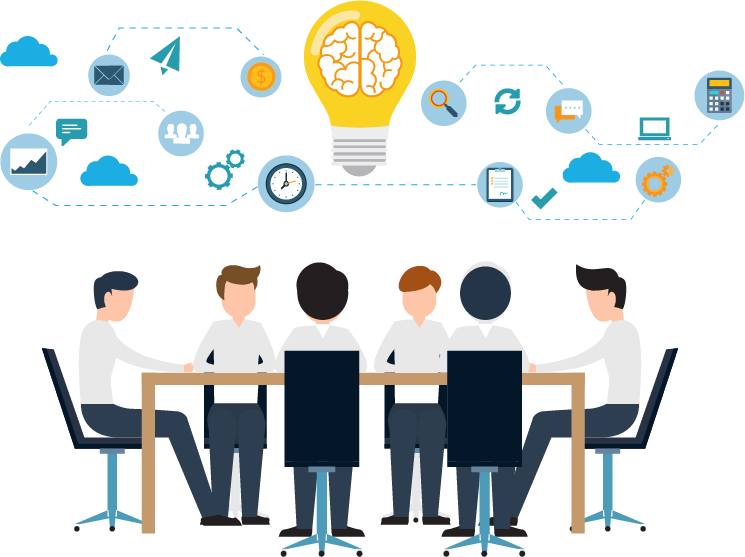As the global business is depending more and more on technology, there occurs a great need for more in-depth employee training and development to help them adapt quickly and well to the changing environment. Let’s take a closer look at how training and development are integral parts of a strong talent management strategy, which can eventually help to transform the business quality and boost revenue.

The importance of employee training and development
Advanced technologies have made self-developed training plans to become common, have helped to increase the organisation’s return on investment and to improve the retention rates.
As stated in the ATD’s “2015 State of the Industry” report, the direct training expenditure is estimated to be around $1,252 per employee per annum, including the purchase of additional products and services.
Read more: Build, retain and develop your sales force
The Cheesecake Factory, Inc. (USA) spends much more than the national average on annual training, around $2,000 per employee. However, their restaurants sell for $1,000 per square foot - twice the national average.
Of course, the numbers are definitely varied from industry to industry, even varied from business to business. According to the Talent Development Association, the sectors that spend the most money on training are Healthcare, Pharmaceuticals, Finance, Insurance and Real Estate.
Training and developing employees in the digital workplace
Overall, spending money on training instead of giving free studying resources to the staff might seem like a high cost. However, highly efficient companies always invest a lot of both time and money in training. The reason being it indeed increases productivity and also ensures that the workforce is up on the latest technologies.
Training is an essential factor in maintaining competitiveness. Effective training does not only benefit employers, it also helps employees to be satisfied and significantly improve retention rates. Considered as the most critical workplace policy, training gives employees a sense of value and ideas, aligning the organisation's goals with their personal career desires.
Read more: Should organisations invest in a leadership development plan in 2018?
The American Association for Training and Development has studied more than 2,500 companies and their training policies. Surprisingly, organisations with a comprehensive training program have higher profit margins (24% higher than average) and higher turnover per employee (outstanding 218%).
Every employee training and development starts with the right strategy
Gamified employee’s training
Gamification has existed for a long time, but only recently has it gone into the workplace. Recent technology updates have made training easier in the form of business games. With gamification, employers can give their staff encouragements, compliments and rewards to complete various tasks, such as training, or achieving objectives at work.
Today, learners can use game applications that can be used on various devices like laptops, smartphones and tablets to complete tasks and access training modes.
Read more: Technology involvement in performance management
The employee’s journey
Working in the business field, we all may hear of customer journey mapping, a common technique for better understanding the customer experience. However, very few organisations put a similar effort into employees' journey mapping.
This process plays a vital role in designing a successful digital workplace because it allows decision-makers to visualise the workflow and processes that employees will follow. With a detailed map of employee journeys, they can create a strategy to link the employees’ goals to enterprise-wide standards, focusing on valuable areas.
Read more: Creating an agile digital culture in the workplace
The main focus is getting employees to be connected, whether they work in traditional office environments or they are geographically dispersed - and the strategy must cover every stage of the journey.
Looking for better ways to maximise your current strategy to improve employee’s engagement, training, and development? Talk to our experts by requesting a completely free demo today!
 English
English  Vietnamese
Vietnamese 

